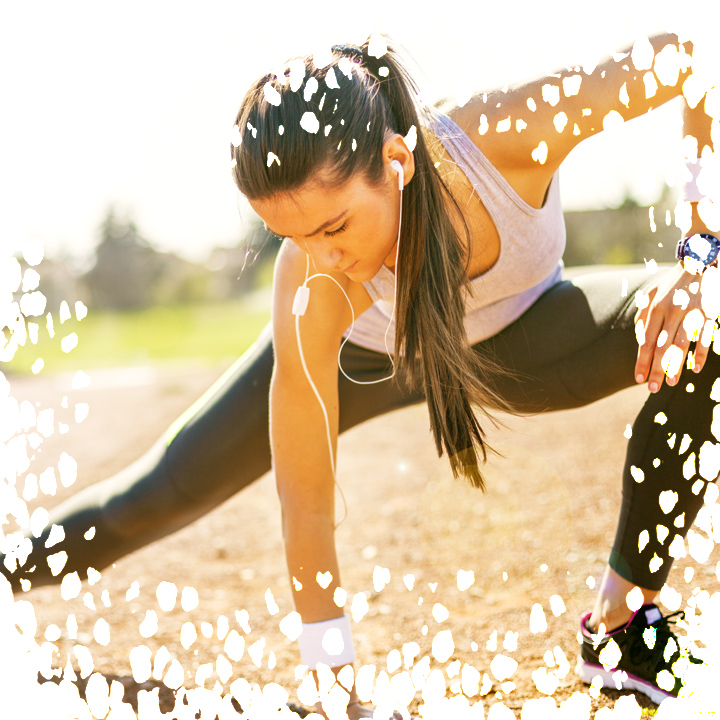They’re hard, they look impressive, and people who do them have a really strong upper body. Pull ups are a great exercise for anyone and are my favorite upper body exercise by far. The results I have experienced after doing them for so long have been, healthy and mobile shoulders, strong grip, strong back muscles, and they compliment other exercises. Let’s dive a bit deeper into this exercise, why it’s so good, why it’s so hard, and how you can start doing them.
Pull ups are a phenomenal exercise for the upper body. The notable muscle groups being worked in this exercise are the hand/forearms (grip), biceps, and upper/mid back (latissimus dorsi, lower trapezius, teres major). The hanging portion of the exercise also allows arms to be overhead, which can be very helpful to those who struggle with bringing their arms overhead.
I have worked with populations of people who have poor posture and struggle to bring their arms in an overhead position. Many of these people are either elderly or have worked a desk job for many years. Sitting at a desk all day or being hunched forward for long periods of time, puts the muscles of the front aspect of the shoulder in a chronically shortened position. This leads to rounded shoulders. Hanging is an excellent way to stretch the shoulder muscles while also strengthening the stabilizing muscles. I like to combine hanging with row variations to help improve the posture of the person I am working with.
I personally found pull ups to contribute to my pressing exercises. The muscles required for pressing and pulling are opposites, thus the stronger my back muscles are, the more they can stabilize my shoulders while pressing weight overhead or off my chest. Many of the variations place different demands on the hangs and can place more emphasis on different muscles. This level of variety can significantly impact one’s ability to press heavy weight by strengthening weak points in my upper body. For example, chin ups place more emphasis on the biceps and work the grips in a supinated position unlike the regular pull ups. This supinated grip internally rotates the shoulders, causing the latissimus dorsi to stretch more in the bottom. This stretch can improve overhead range of motion making overhead pressing easier.
Not only do pull ups help with overhead pressing, they help improve one’s deadlift. The most common limiting factor in the deadlift is a person’s grip strength. You’ll see someone with strong legs get the weight off the floor a few inches, then the bar just slips out. Heavy pull ups can positively impact one’s grip. Let’s not forget the latissimus dorsi. They play a pivotal role in the deadlift by keeping the shoulders and trunk stable. This large muscle gets worked hard during pullups. This will allow you to stabilize harder during the deadlift, ultimately keeping you safe during the execution of a heavy lift.
Mechanically, this exercise is very challenging. I have seen athletes stronger than myself struggle to do consistent sets of 5 pull ups or can’t do them at all. The motion necessary to complete the exercise isn’t common outside of a gym setting, therefore the neuromuscular (mind to muscle coordination) demand is very high. Besides this, it requires an immense amount of upper body strength that many people do not have.
Now that you have a better understanding of why pull ups are beneficial and why they are challenging, how can you work towards getting your first pull up? Two exercises I like to start people with are deadhangs and lat pulldown variations. The deadhang helps teach people how to hold their own body weight for extended periods. The lat pulldown teaches the mechanics of how the shoulder should move while doing a vertical pull. These exercises are completely scalable by increasing weight or time under tension. The next two exercises I like to incorporate are hanging leg raises and banded pull ups. The hanging leg raise helps teach how to engage the core while also hanging and getting the people more accustomed to holding their own weight. Banded pull ups help teach the person how to do the exercise properly while taking away weight being pulled. The amount of weight pulled increases as the body moves up since the band is attached to the bar. You can always change the band thickness to allow more or less assistance. You know you’re getting stronger when the band gets thinner until you no longer need to use it.
Let’s take a look at how I incorporate pull ups in my training. I train 6 days a week, 2 days are short (30mins) and are solely accessories, 2 days are dedicated to strength endurance, and 2 days are dedicated to speed and volume. I do pull ups 3 days a week. 1 day is dedicated to strength endurance, 1 to volume, and 1 for improving grip strength. On the days I focus on strength endurance, I do a weighted variation for sets of 4 to 5. Volume days I do weighted pull ups (lighter than the strength endurance day) for 8 to 12 reps. On my grip strength days, I pick a variation that is disadvantageous to my grip and do anywhere from 5 to 8 reps (depending on how hard the variation is). The reason I program my pull ups this way is to avoid accommodation. I compete in Strongman and many of the events are overhead press, deadlift, and carry variations. All of these events require an extremely strong back and impressive grip. Pull ups have been proven to be a great accessory in my training.
Nothing is impossible as long as you have the will to dedicate time to your goal, you have a plan, and are consistent with your execution. This exercise is not easy which is why it is so rewarding to learn and master it. Doing pull ups is a milestone not many people get to achieve. If you are struggling, don’t be afraid to reach out to a coach for help. Now go get strong! You depend on it.



